Western Publications from 1979 till Today
Already during the 1950s and 1960s the world became fascinated by the political ongoings in China: The coming into existence of a new communist society different from the Soviet Union contributed as much as Mao's mass campaigns, in particular the Cultural Revolution (1966-1976). For many Westeners China remained "mysterious", "enigmatic" and "inexplicable", and as matter of fact, very few Western travelers had a chance then to personally experience and explore the realities of this arcane Middle Kingdom. It was only in the early seventies that China cautiously started to open up. Western students, scientists and journalists were for the first time allowed in in noteworthy numbers, at a time when the power struggles around Mao's death further boosted Western interest in China. Just a few months later it became clear that China would not only further open up, but that would radically change.
This is one reason why the events of the "Beijing Spring" received special attention abroad. This interest became even bigger when countries happened to be drawn into close political interaction with China, like the USA that etstablished full diplomatic ties with Beijing on January 1, 1979, or in countries where sinologists and China experts started to focus on changes in modern society and their political background, as it was the case in France, in Germany or in Britain. International media also began to report almost daily on the lastest developments in China, including the Chinese Democracy Movement, and academics and political analysts swiftly published their assessments in monographies and journals. Therefore it took little time that the interested international public gained access to many of the important documents and writings (dazibaos and independent journals) of the Beijing Spring.
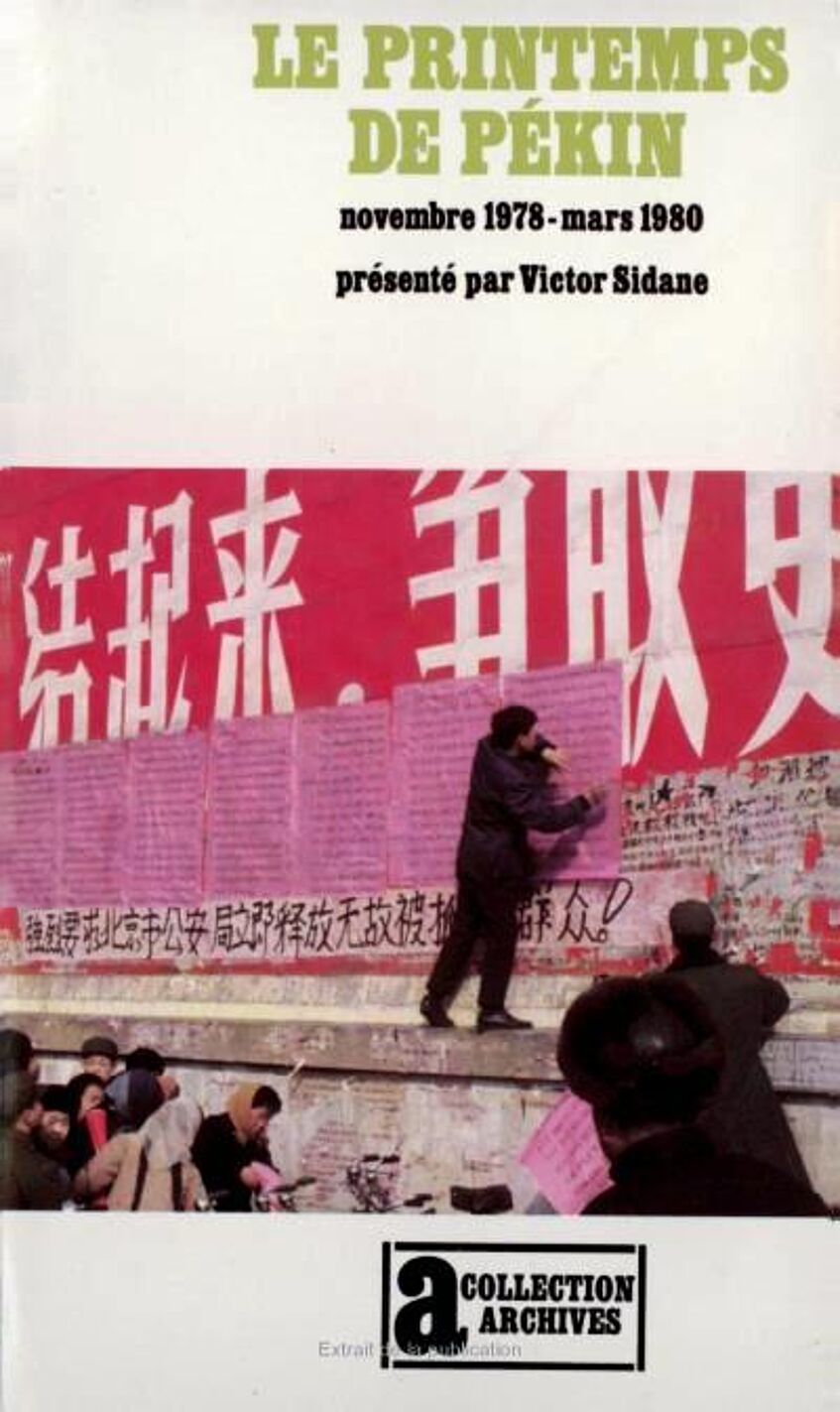
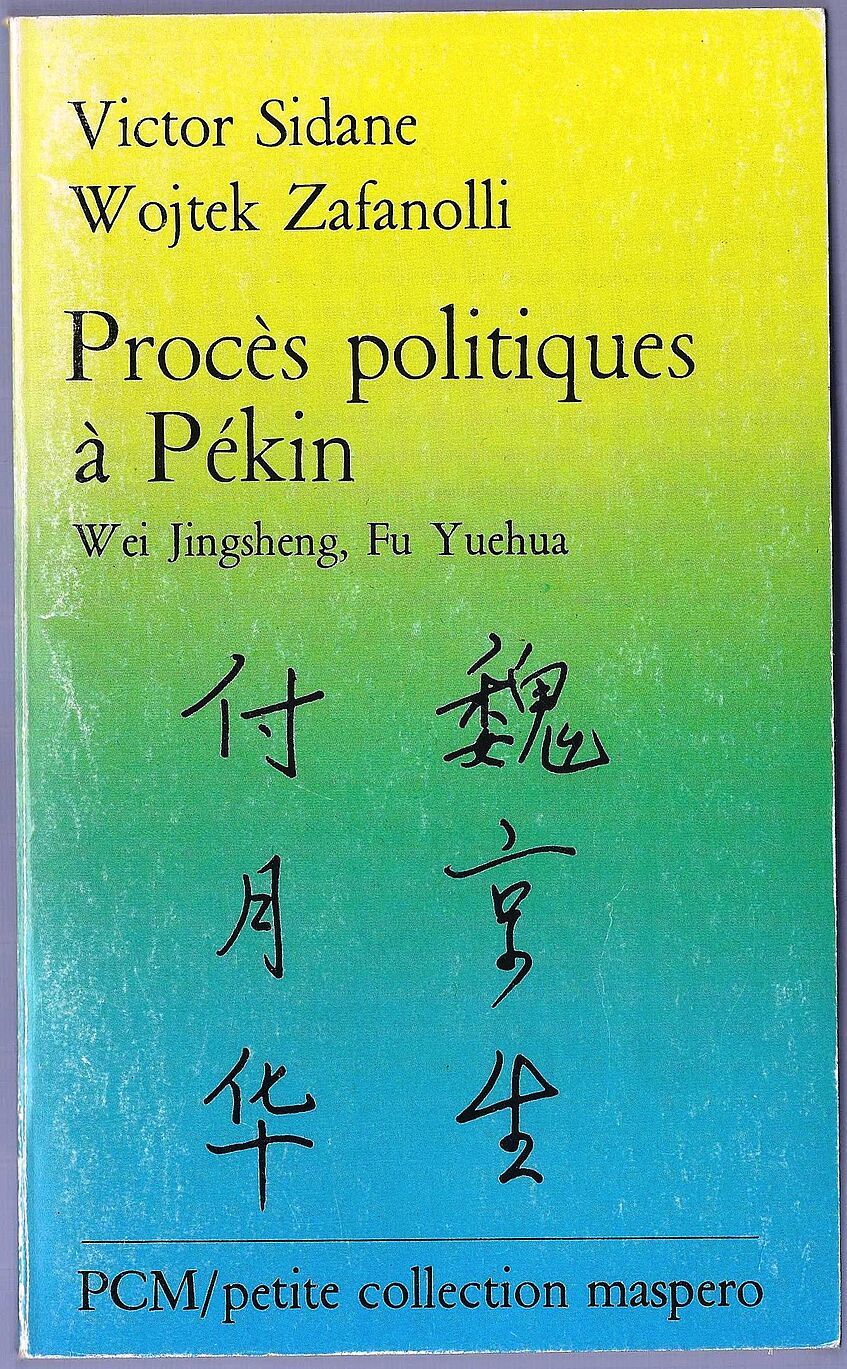
As early as 1980 there were several books and academic articles were trying to describe and analyse the Democracy Movement. Particularly impressive early studies came from several authors in France who often hid behind meaningful pseudonyms like Victor Sidane (Xidan 西单, location of the Beijing Democracy Wall), Wojtek Zafanolli (zao fan you li 造反有理, "Rebellion is justified) or Claude Widor, standing for the authors Alain Peyraube, Emmanuel Bellefroid und Michel Bonnin and others): Sidane, Victor: Le printemps de Pékin [The Beijing Spring], Paris 1980; Sidane, Victor / Zafanolli, Wojtek: Procès politiques à Pékin [Political processes in Beijing], Paris 1981; Huang San: Un bol de nids d’hirondelles ne fait pas le printemps de Pékin [One bowl of bird's nest soup does not make a Beijing Spring], Paris 1980.
In Denmark it was the young sinologist Flemming Christiansen (together with others) who already in 1980 published his personal observations (he was a stundent in China at that time) on the Democracy Wall and the new citizens' movement (Den demokratiske bevægelse i Kina [The Democracy Movement in China] ", Copenhague, 1980) that also became translated into German in 1981. The journal "Asian Survey" (University of California Press, no. 7, Juli 1981) published a lengthy article by Kjeld Erik Brodsgaard (The Democracy Movement in China, 1978-1979: Opposition Movements, Wall Poster Campaigns, and Underground Journals).
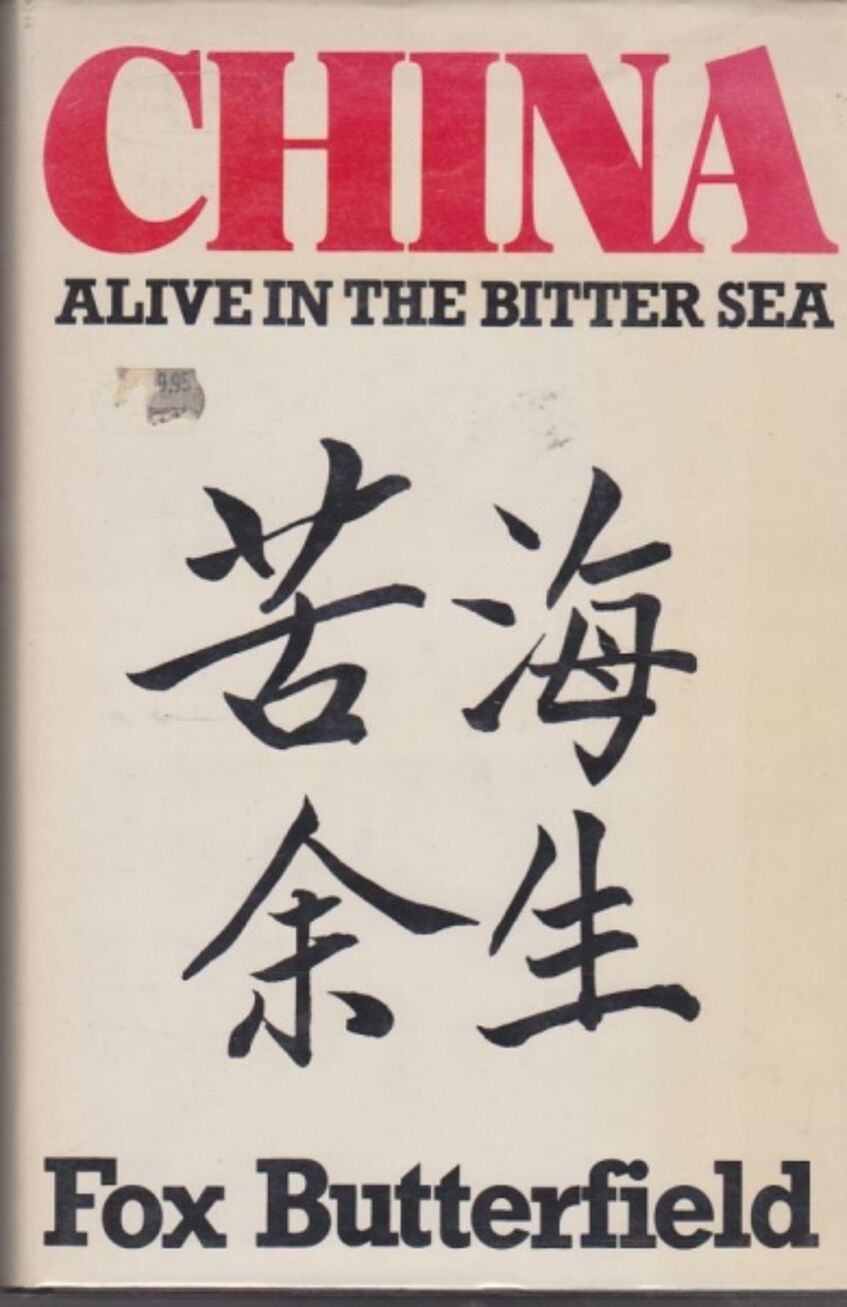
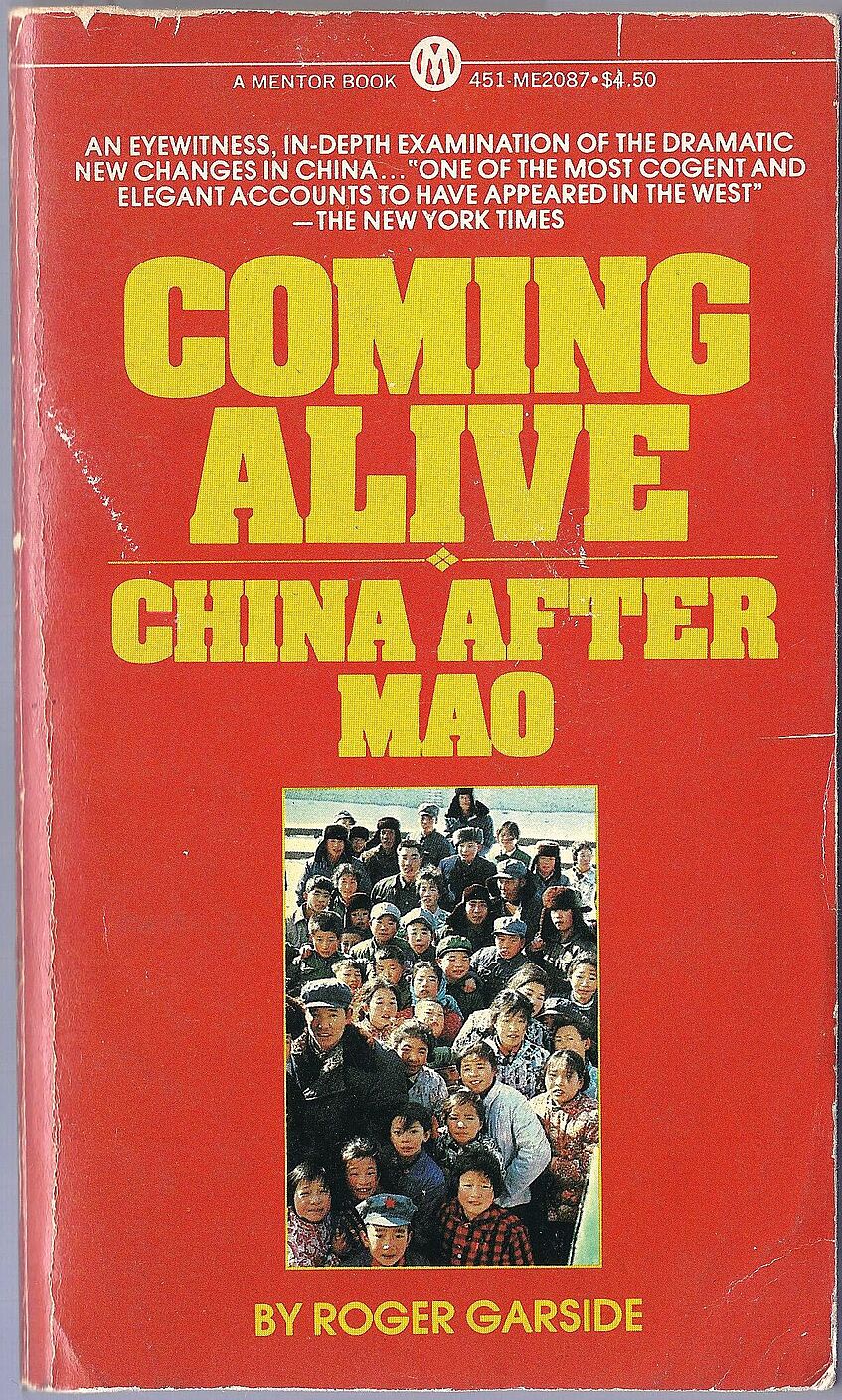
Among the first comprehensive presentations in English, one has to mention also "The fifth modernization: China's human rights movement, 1978-1979" (Stanfordville, NY 1980) by James D. Seymour and "Beijing Street Voices. The Poetry and Politics of China's democracy Movement" (London/Boston 1981) by David Goodman. They were followed by two predominantly journalistic - but nevertheless well researched - Bestsellers that are also and full of references and documents: "China. Alive in the Bitter Sea" (London et al., 1982) by NYT correspondent Fox Butterfield und "Coming Alive. China after Mao" (New York NY, 1981) by former British diplomat Roger Garside.
An important collection of original texts (in Chinese, Englisch and French) was published in Hong Kong in two volumes between 1981 and 1984 by "Claude Widor" (a pseudonym for the French sinologist Emmanuel Bellefroid who became famous because of his love affair and later marriage with the "Stars" artist Li Shuang): "Documents sur le mouvement démocratique chinois 1978-1980. Révues parallèles et journaux muraux" [Documents on the Chinese democracy movement 1987-1980. Unofficial journals and wall Posters].
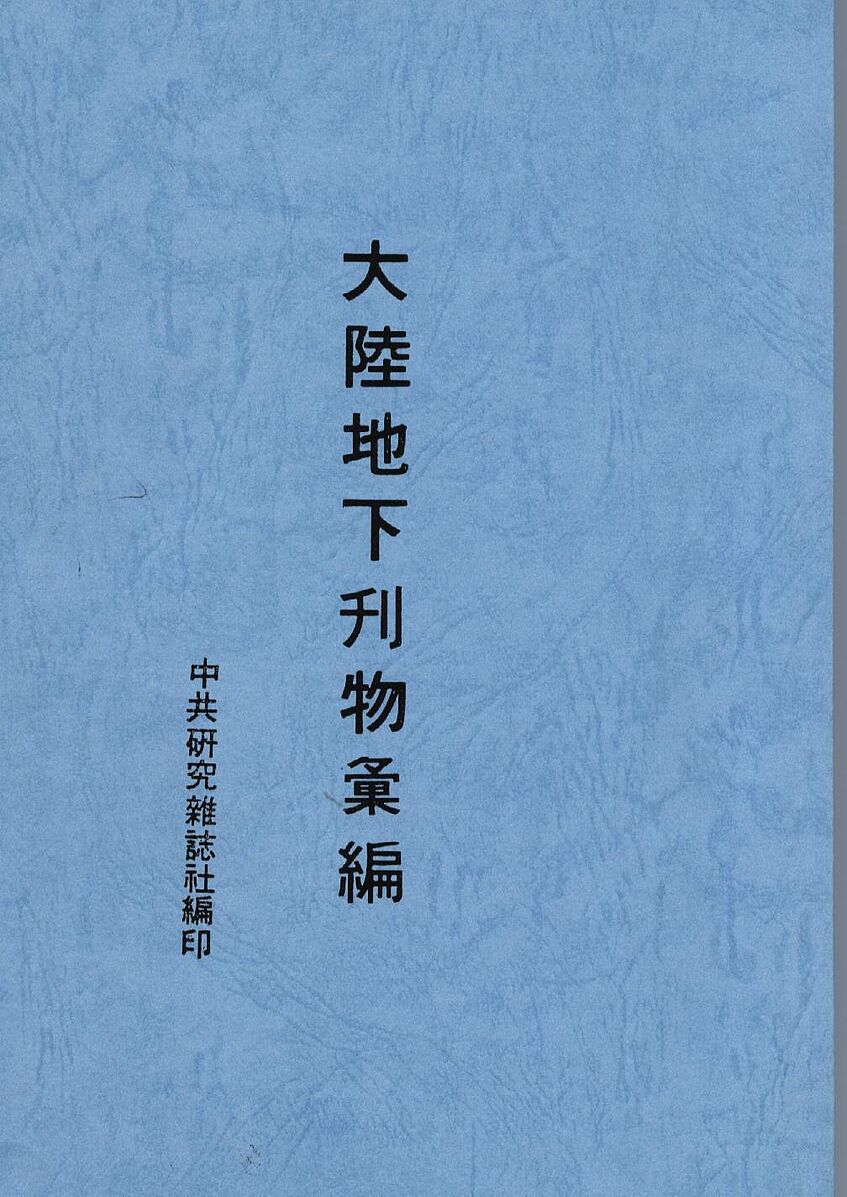
Reprint of the independent pubications (21 volumes), published by the journal "Studies on Chinese Communism" (Taiwan)
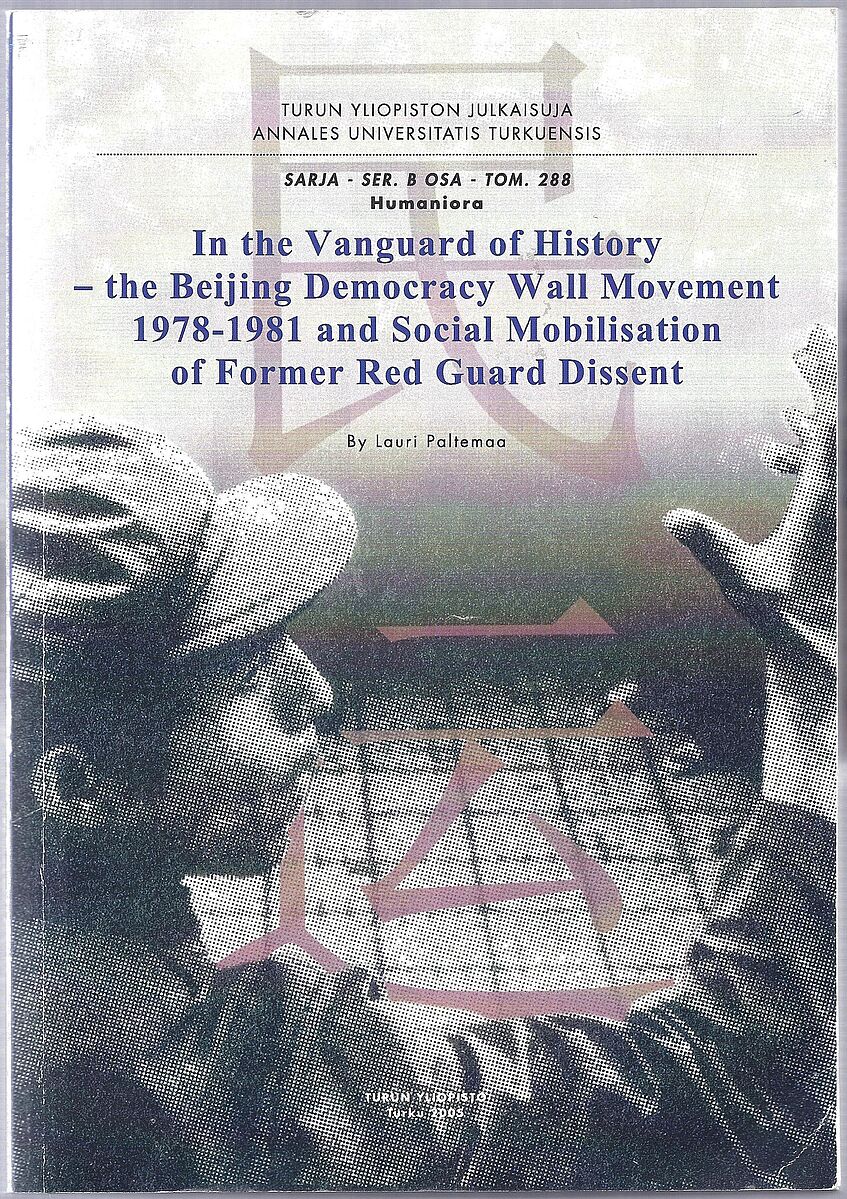
Lauri Paltemaa's book, showing artist Ma Desheng (at the Oct. 1, 1979 street march) on its front cover
Taiwan also published between 1980 and 1982 (in Chinese) two major collections of original texts of the Democracy Movement: "Catalog of Chinese Underground Literatures" (Vol. 1/2) by T.C. Chang et al., and a reprint af the most important Beijing Spring journals in 21 volumes (Dalu dixia kanwu huibian [Collected underground journals from the Mainland], edited by the "Studies on Chinese Communism" publishing house, Taipeh 1981). Later it was the Finnish sinologist Lauri Paltemaa who meticulously went through hundreds of these articles to analyse the political thinking and the ideas behind them: "In the vanguard of history: The Beijing Democracy Wall Movement 1978-1981 and Social Mobilisation of Former Red Guard Dissent" (Turku 2005).
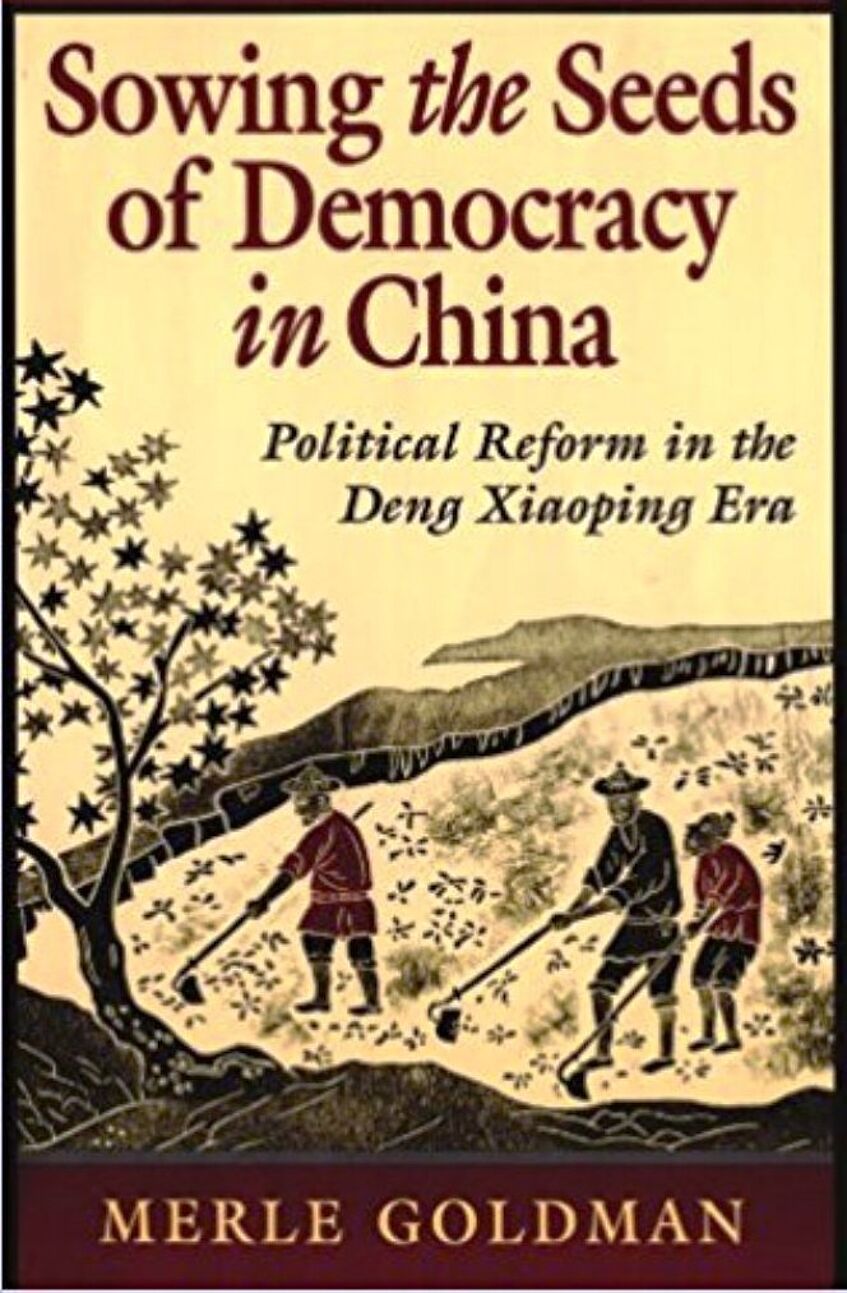
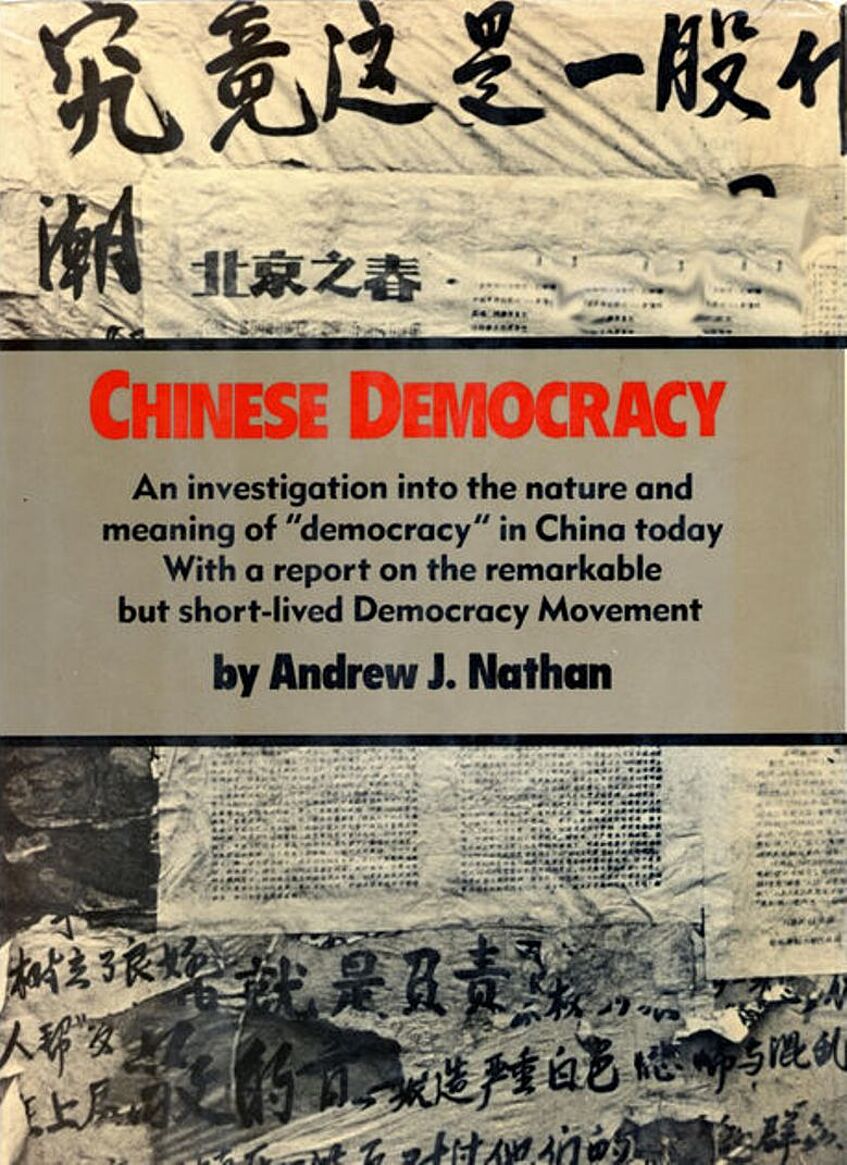
Several years (even decades) later, some China studies experts in the US tried to put the "Beijing Spring" into a broader context of developments in China: The first was Andrew James Nathan from New York's Columbia University with "Chinese Democracy" (New York NY, 1985). Merle Goldman (Harvard University) published "Sowing the Seeds of Democracy in China. Political Reform in the Deng Xiaoping Era" (Cambridge MA et al. 1994) and "From Comrade to Citizen. The Struggle for Political Rights in China" (Cambridge, MA, und London 2007). George Black und Robin Munro ("Black Hands of Beijing. Lives of Defiance in China’s Democracy Movement", New York NY, 1993) investigated mainly into the role of several leading personalities of the Democracy Movement, and they could already collect some personal memories and assessments of participants who had meanwhile been released from jail and/or gone into exile (while the early publications had to rely mainly on the original texts and statements, as most of the important personalities had disappeared behind bars for several years).
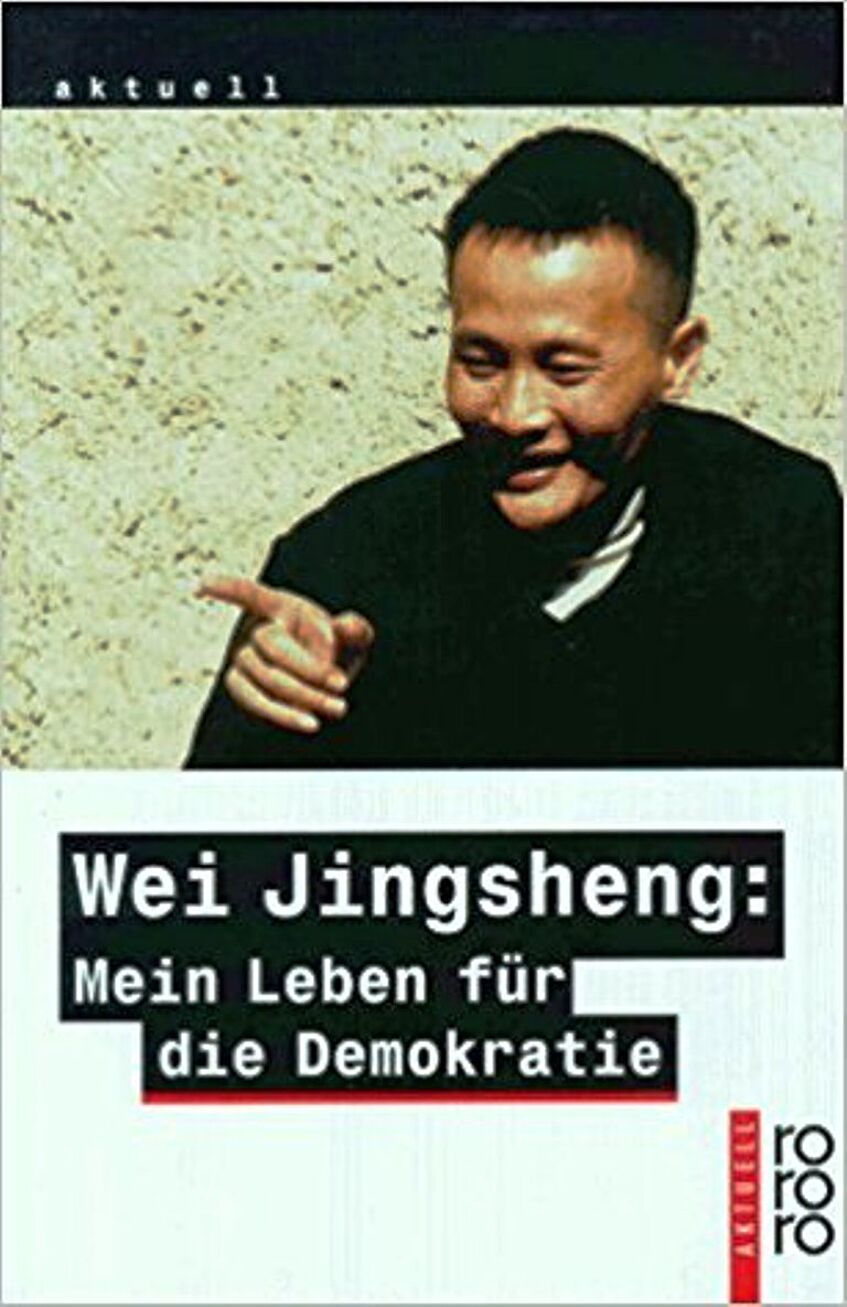
Biography of Wei Jingsheng edited by Wei's sister Shan Shan (Hamburg 1985)
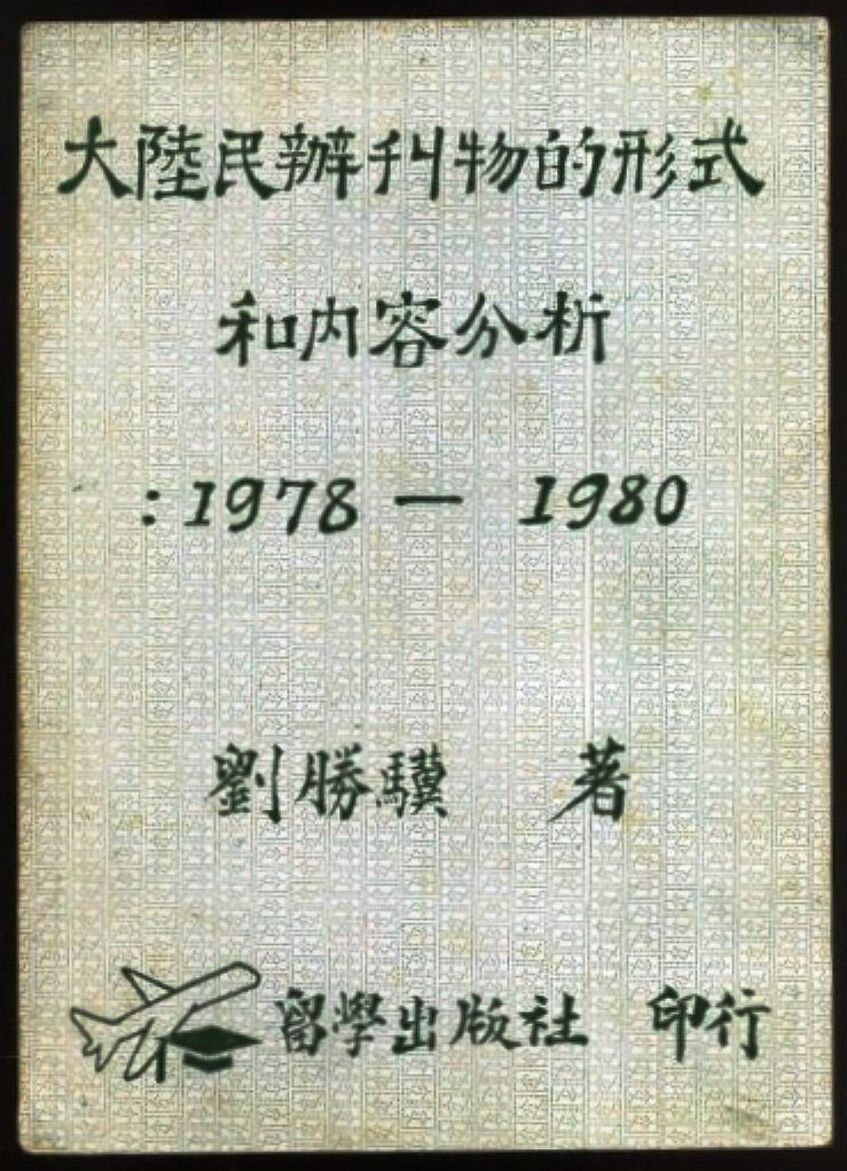
"Form and Contents of the Underground Journals from the Chinese Mainland" ( by Liu Shengji, Taipei 1984)
In Western languages there also appeared several biographies on the main proponents of the movement (e.g. by Marie Holzman in French on Wei Jingsheng, or Wei's sister Shan Shan in German), some of the major original texts became translated as well. One interesting contribution (a dissertation by the Australian sinologist Andrew Chubb) explains the role of Western media: "Foreign Correspondents & Democracy Wall. The impact of the Western media in China, 1978-1979", University of Western Australia, 2010). In 2013 Jill Levine tries a new Interpretation of the critical big-character posters from the late 1970s: "Deng Xiaoping, Dazibao and Dissent: A Critical Analysis of the Xidan Democracy Wall Movement" (Senior Capstone Projects 163).
Also worth mentioning is the Taiwanese media and politics expert Liu Shengji (刘胜骥) who has published several collections of original texts together with a profound analysis between 1984 and 1985.
(Complete bibliographical notes regarding the works mentioned - and many others - can be found under the heading "Sources and Selected References".)
